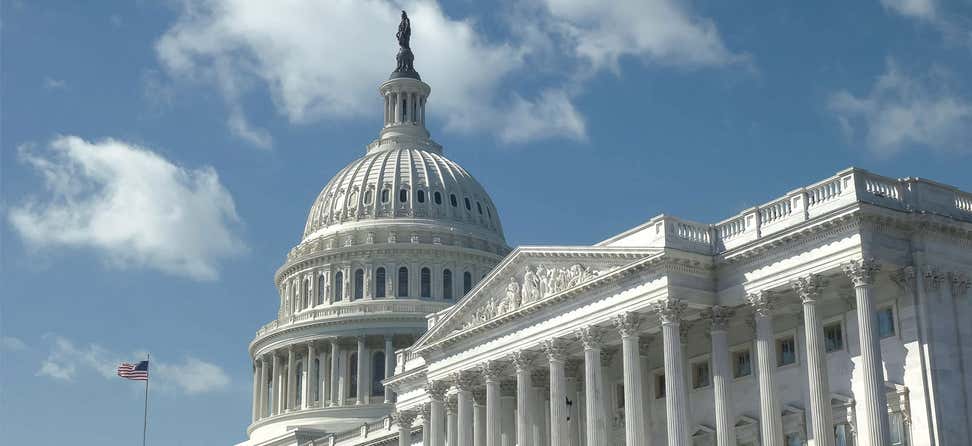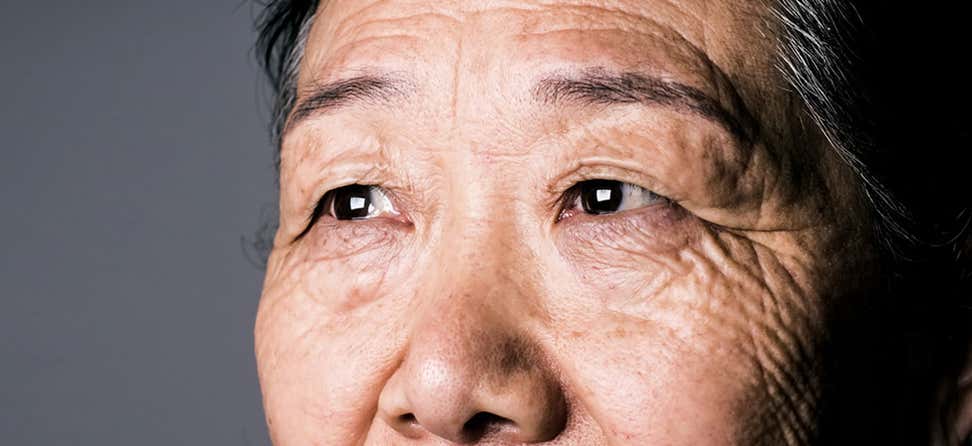Key Takeaways
A House committee introduced bipartisan legislation, reauthorizing the Older Americans Act (OAA) through 2024.
The reauthorization of OAA includes a number of NCOA's improvements, including a 35 percent increase in authorized funding levels.
The Committee recognizes that OAA funding has not kept pace with the growth in the number of older adults or the cost of providing services.
On Sept. 18, the House Committee on Education and Labor approved H.R. 4334, the Dignity in Aging Act of 2019. This bipartisan legislation reauthorizes the Older Americans Act (OAA) through 2024 and incorporates a number of improvements proposed by NCOA and its aging network partners. There’s a long way to go, but this is a big win for us. Partnerships and advocacy have brought us this far, and we’re excited by what would change if the Dignity in Aging Act becomes law.
One of the most significant overall updates is the sustained growth in authorized funding levels that ultimately result in a 35 percent increase. Included in this are the investments we prioritized for the Senior Community Service Employment Program (SCSEP). The Committee recognizes that OAA funding has not kept pace with the growth in the number of older adults or the cost of providing services; OAA resources in 2010 amounted to $42.95 per senior, but that investment is only worth $27.25 per senior in today’s dollars.
Back in 2012, we partnered with the Gerontological Society of America (GSA) during the last OAA on a proposal for restoring and expanding the research and development functions of the Administration on Aging. Over the past year, we gained more and more support from groups like the National Association of Area Agencies on Aging (n4a) and ADvancing States for the creation of an Innovation Center. The bill establishes the National Research, Demonstration, and Evaluation Center for the Aging Network, which would be provided with $20 million annually to conduct, promote, and coordinate research, including evaluation and demonstration projects, as well as to increase the repository of information on evidence-based programs and interventions available to the Network.
We just finished our annual observance of Falls Prevention Awareness Day, so we’re pleased to see this legislation reaffirms the unique purposes of the Falls Prevention and Chronic Disease Self-Management Education grant program by incorporating explicit authorization for each initiative. As proposed by NCOA, it creates a new authority for the Assistant Secretary to coordinate and disseminate information on federal services for home modifications for falls prevention, and home assessments to promote independence and safety for seniors at home.
Our proposals to enhance the definition of “disease prevention and health promotion” to highlight the role the Aging Services Network plays in addressing pain management and responding to public health emergencies were also incorporated through bipartisan amendments.
Our Aging Network colleagues continue to highlight the role of OAA services in addressing social isolation and social determinants of health, and to strengthen provisions related to caregiving, grandfamilies and elder justice and legal assistance. We’re proudly supporting their proposed language.
What's Next for the Older Americans Act Reauthorization
The Senate Health, Education, Labor, and Pensions (HELP) Committee released a draft bill over the summer, but negotiations continue over larger-scale issues related to the federal-to-state funding formula, which stalled the last reauthorization.
It’s now clear that the reauthorization process won’t be finalized before the OAA expires at the end of the fiscal year on Sept. 30, but both the Senate and House chairmen remain committed to moving the reauthorization through Congress as quickly as possible. Until then, OAA programs will continue to operate, and funding will flow either through enactment of continuing resolutions (CRs) or final FY appropriations legislation.
You can continue to join us in advocacy for OAA reauthorization and funding through our Action Center. You can also review the Committee markup and fact sheet.









